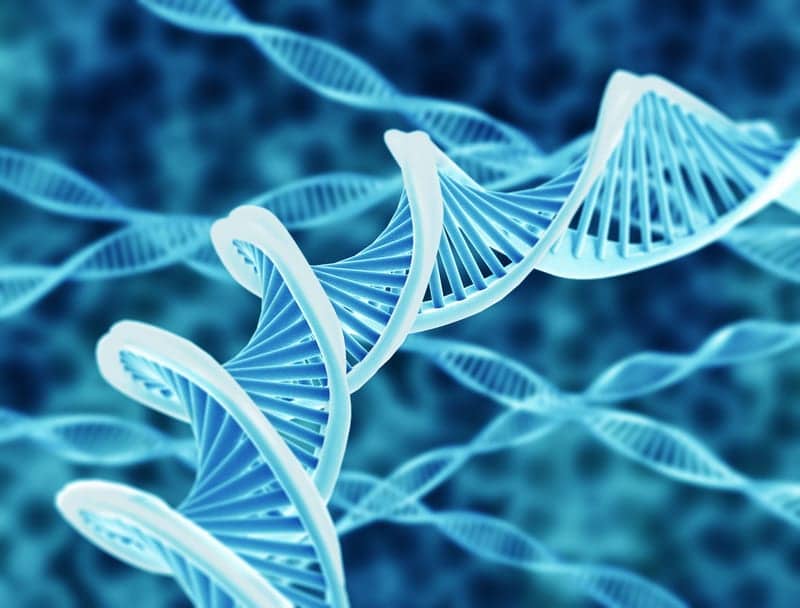Using the new gene-editing enzyme CRISPR-Cpf1, researchers at UT Southwestern Medical Center have successfully corrected Duchenne muscular dystrophy in human cells and mice in the lab, according to a study published in Science Advances.
The UT Southwestern group had previously used CRISPR-Cas9, the original gene-editing system, to correct the Duchenne defect in a mouse model of the disease and in human cells. In the current work, they used a new variation of the gene-editing system to repair the defect in both a mouse model and in human cells.
“We took patient-derived cells that had the most common mutation responsible for Duchenne muscular dystrophy and we corrected them in vitro to restore production of the missing dystrophin protein in the cells. This work provides us with a promising new tool in the CRISPR toolbox,” said author Dr Eric Olson, Chairman of Molecular Biology, Co-Director of the UT Southwestern Wellstone Muscular Dystrophy Cooperative Research Center.
CRISPR-Cpf1 differs from CRISPR-Cas9 in a number of key ways. Cpf1 is much smaller than the Cas9 enzyme, which makes it easier to package inside a virus and therefore easier to deliver to muscle cells.
It also recognizes a different sequence of DNA than Cas9 does, which provides greater flexibility in terms of use. “There will be some genes that may be difficult to edit with Cas9 but may be easier to modify with Cpf1, or vice versa. The two proteins have different biochemical properties and recognize different DNA sequences, so these properties create more options for gene-editing,” said Dr Olson.









